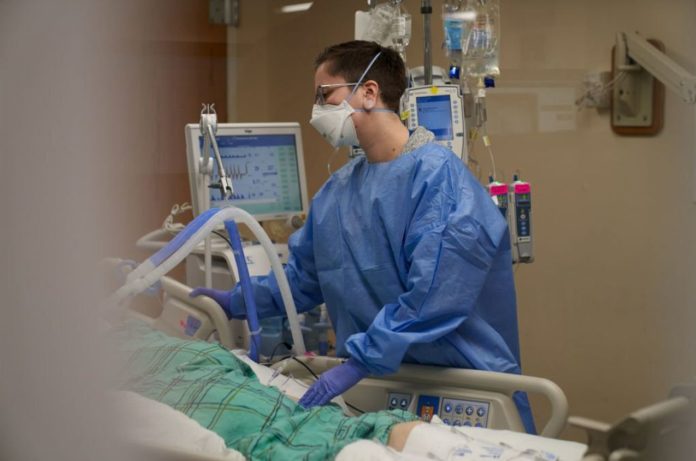While many of us link drinking with liver illness, there is one insidious condition that scientists believe is quickly becoming a silent epidemic.
Non-Alcoholic Fatty Liver Disease (or NALFD) is a lesser-known illness that one in every three of us is currently developing.
NALFD is a blanket name for a variety of conditions caused by a build-up of fat in the liver. Although alcohol does not cause the disease, it can exacerbate it.
When this condition is combined with other causes of liver disease (infections such as hepatitis or exceeding the required 14 units per week), liver disease becomes the leading cause of death in individuals in their 30s and 40s.
According to Pamela Healy, chief executive officer of the British Liver Trust, many people are unaware of how weight can be a risk factor.
“The liver is just as vital an organ as the heart but people often fail to appreciate the importance of keeping it healthy. There are also lots of myths surrounding it.
“For example, many people believe you need to be an alcoholic to develop liver disease, whereas one in five of us are drinking at a level that puts our liver at risk. Many also fail to realise that being overweight is a major risk factor.”
Because the liver is such a tough organ and the only one in the human body that can regenerate, it is usually preventable.
So, why are a few more pounds – without being fat – such a reason for concern? A healthy liver should have little or no fat in it. Despite this, NAFLD affects up to one in every four people in the United States due to poor diet and obesity.
This essentially implies that they already have small amounts of fat in their liver, which may not be causing them any problems right now, but if the levels build, they will be more likely to develop high blood pressure, kidney problems, and diabetes.
Fat accumulation causes no symptoms at first, but if left unchecked, it can progress to a more serious illness known as non-alcoholic steatohepatitis, or NASH, in which the liver becomes inflamed. This inflammation scars both the blood arteries and the liver over time. Because the liver can operate regularly, the unknowing victim would have no idea.
Symptoms include a dull or painful pain in the upper right of the tummy (over the lower right side of the ribcage), excessive weariness, and nausea, unexplained weight loss, according to the CDC.
Cirrhosis, which is caused by years of inflammation, causes the liver to become lumpy and shrink in size, usually revealed problems much later in life. Symptoms at this stage include:
- yellowing of the skin and the whites of the eyes
- itchy skin
- swelling in the legs, ankles, feet or tummy
The damage is frequently irreparable, and the odds of liver failure and cancer skyrocket.
“The 5% who get NASH is expected to increase to 7% by 2030,” says Professor Jonathan Fallowfield, head of liver research at the University of Edinburgh.
“By and large most people don’t know they have a fatty liver. These are often people who are thin on the outside and fat on the inside. They tend to carry visceral fat around the abdomen and rarely have any symptoms other than fatigue.”
Although NAFLD is not technically related to alcohol, Prof Fallowfield believes there is a significant overlap with alcohol-associated liver disease. People who consume excessive amounts of alcohol are more likely to have a bad diet and lifestyle.
The best treatment for NAFLD, according to the professor, is to lose weight.
“You only have to lose about 10 per cent of your body weight to reverse it and possibly even reverse liver fibrosis too, boosting your quality of life”, he adds.
Image Credit: Getty
You were reading: 1 in 4 already developing Fatty liver disease but risk doubles with these causes
